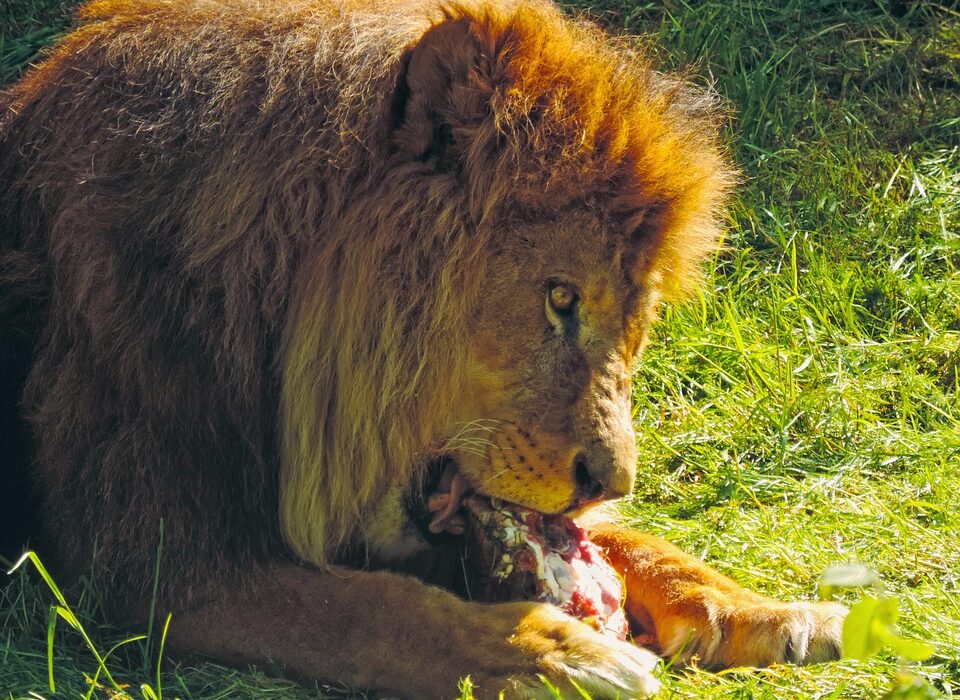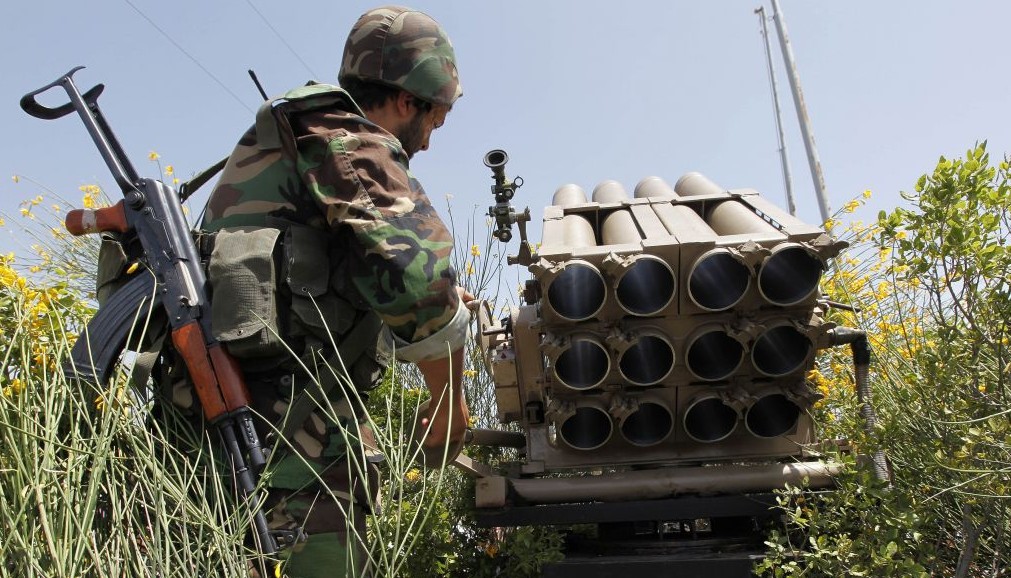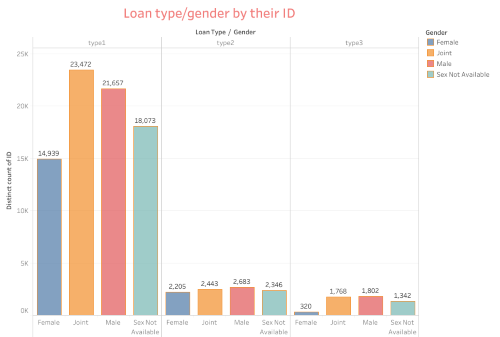Revealing the hidden truth about Lions eating their Young ones

Amid the regal majesty of the lion, lies a hidden truth, a shocking revelation question: Are lions eating their Young ones? Yes, Male lions can kill and eat neonate lions after birth.
In some cases, the consumption of a newborn Lion is done by either a parent or an unrelated adult male Lion. This act is called infanticide.
It is often carried out as a means of asserting dominance or eliminating competition i. Lions eating their young ones is a phenomenon as mysterious as it is brutal, shrouded in centuries of myth and misunderstanding.
Today, we delve deep into the heart of this shocking revelation, peeling back the layers of misconception to reveal the hidden truth behind this astonishing behavior.
In carnivores, it is common for an unrelated male Lion to commit infanticide to make females sexually receptive. We are then confronted with the complexities of nature and the harsh realities of life in the wild
Infanticide once thought to be a behavior reserved for the most savage of predators; the act of lions consuming their own young has baffled experts and sparked a flurry of scientific inquiry.
But what drives these majestic beasts to commit such heinous acts, and what implications does it hold for the delicate balance of their ecosystems?
Understanding Lion Behavior
Social Structure of Lions
Lions, unlike many other big cats, are highly social creatures, forming intricate familial bonds within their prides. These prides, typically consisting of several related lionesses, their offspring, and a dominant male, serve as the cornerstone of lion society.
Pride Dynamics
Within the pride, a strict hierarchy governs the interactions between individuals. At the helm of this hierarchy is the alpha male, whose authority is undisputed. Yet, beneath his reign, the lionesses form a sisterhood of cooperation and support, working together to ensure the survival of their progeny.
Role of the Alpha Male
The alpha male plays a crucial role in maintaining order within the pride, defending his territory against rival males and providing protection for the members under his charge.
His prowess in hunting and combat earns him the respect and admiration of his fellow pride members.
Lionesses’ Hierarchy
Despite the dominance of the alpha male, it is the lionesses who wield the true power within the pride.
Through collaborative hunting efforts and maternal care, they nurture the next generation of hunters and leaders, ensuring the continuation of their lineage.
Cub Development and Vulnerability
From the moment they are born, lion cubs face a myriad of challenges on their journey to adulthood.
Dependent on their mothers for sustenance and protection, they navigate a world fraught with danger and uncertainty.
The Fragile Beginnings
The first few weeks of a lion cub’s life are perhaps the most perilous. Vulnerable and defenseless, they rely entirely on their mother’s care to survive.
Yet, even under her watchful eye, the threat of predation looms large.
Dependency on the Pride
As they grow older, lion cubs become increasingly reliant on the collective strength of the pride. Through play and exploration, they hone their skills and learn the intricacies of cooperative hunting, preparing them for the challenges that lie ahead.
Competition Within the Pride
Despite the bonds of kinship that unite them, competition for resources and status is a constant presence within the pride.
As they mature, young lions must prove themselves worthy of their place within the hierarchy, often resorting to displays of dominance and aggression.
Instances of Infanticide
Throughout history, instances of infanticide among lions have been documented with both fascination and horror.
From ancient civilizations to modern scientific expeditions, the phenomenon has captivated the imaginations of scholars and explorers alike.
Historical Observations
Early accounts of lion behavior often depicted the animals as symbols of power and majesty, revered by cultures around the world. Yet, lurking beneath their regal facade lay a darker reality: infanticide.
Early Documentation
Among the earliest recorded observations of infanticide in lions comes from the annals of ancient Egypt, where depictions of lion hunts adorn the walls of temples and tombs.
To the ancient Egyptians, the lion symbolized strength and courage, yet they were not blind to the brutality of nature.
Cultural Perceptions
In many cultures, lions were revered as symbols of royalty and divine authority, their image immortalized in art and literature.
Yet, despite their elevated status, the reality of their behavior often clashed with the idealized depictions put forth by society.
Scientific Studies
In more recent times, advances in scientific research have shed new light on the behavior of lions, revealing the complex motivations behind infanticide.
Through meticulous observation and experimentation, researchers have begun to unravel the mysteries of lion society, uncovering a world of intrigue and complexity.
Surprising Findings
Contrary to popular belief, infanticide in lions is not simply an act of mindless aggression, but rather a calculated strategy for ensuring the survival of the fittest.
Through careful analysis of behavior and genetics, scientists have uncovered a wealth of insights into the evolutionary forces that drive this seemingly barbaric behavior.
Factors Triggering Infanticide
While the exact triggers for infanticide in lions remain the subject of debate, researchers have identified several key factors that may influence the occurrence of such behavior.
From resource scarcity to social disruption, the motivations behind infanticide are as varied as they are complex.
Theories Behind the Behavior
In seeking to understand the motivations behind infanticide in lions, researchers have put forth a variety of theories, ranging from evolutionary perspectives to environmental influences.
By examining these theories in detail, we can begin to unravel the complex web of factors that shape lion behavior.
Evolutionary Perspectives
At its core, infanticide in lions can be seen as a manifestation of the age-old principle of survival of the fittest. By eliminating rival offspring, male lions can increase their own chances of passing on their genes, thereby ensuring the continuation of their lineage.
Survival of the Fittest
In the harsh and unforgiving world of the African savanna, only the strongest and most resilient individuals survive to pass on their genes to the next generation.
By eliminating weaker offspring, male lions can increase the overall fitness of their pride, thereby enhancing their chances of long-term success.
Genetic Advantage
From an evolutionary standpoint, infanticide can be viewed as a strategy for maximizing genetic fitness.
By eliminating rival offspring, male lions can increase the likelihood that their own genes will be passed on to future generations, thereby perpetuating their lineage and ensuring the survival of their genetic legacy.
Environmental Influences
While evolutionary pressures certainly play a role in shaping lion behavior, environmental factors can also exert a significant influence on the occurrence of infanticide.
From fluctuations in prey abundance to changes in social dynamics, the environment plays a crucial role in determining the strategies employed by lions to ensure their survival.
Resource Scarcity
In times of scarcity, competition for resources can intensify, leading to increased conflict within lion prides.
When resources such as food and water are scarce, male lions may be more likely to resort to infanticide as a means of reducing competition and ensuring their own survival.
Stress and Social Disruption
Social disruption can also play a significant role in triggering infanticide in lions. When prides are subjected to external stresses such as habitat loss or human disturbance, the delicate balance of power within the pride can be disrupted, leading to increased aggression and conflict.
Infanticide vs. Cannibalism
While infanticide and cannibalism are often used interchangeably to describe the consumption of young by adults, there are important distinctions between the two behaviors.
By examining these differences, we can gain a deeper understanding of the complex dynamics at play within lion society. Cannibalism, involves the consumption of the remains of dead offspring, either by the parents themselves or by other members of the group.
Comparative Analysis
While both infanticide and cannibalism involve the death of young offspring, the motivations behind each behavior can vary significantly.
Infanticide is typically driven by factors such as competition for resources or reproductive advantage, whereas cannibalism may be a response to environmental stress or nutritional deficiencies.
Frequency of Occurrence
Infanticide is relatively common in lion populations, particularly in areas where resources are scarce or social dynamics are disrupted.
Cannibalism, on the other hand, is relatively rare and is more commonly observed in species with complex social structures or in environments where food is scarce.
Motivations and Triggers
The motivations behind infanticide and cannibalism can vary depending on a variety of factors, including environmental conditions, social dynamics, and individual physiology.
While infanticide is often driven by factors such as competition for resources or reproductive advantage, cannibalism may be a response to nutritional deficiencies or environmental stressors.
Maternal Instinct vs. Survival Instinct
The tension between maternal instinct and survival instinct lies at the heart of the debate surrounding infanticide in lions.
While lionesses are fiercely protective of their young, the harsh realities of life in the African savanna often force them to make difficult choices in order to ensure their own survival and that of their pride.
Conflicting Forces
For lionesses, the decision to protect their offspring or abandon them to the mercy of a rival male can be a heart-wrenching dilemma.
On one hand, their maternal instincts compel them to defend their young at all costs. On the other hand, the survival of the pride as a whole depends on their ability to navigate the complex social dynamics of their environment.
Protective Measures
In the face of such challenges, lionesses employ a variety of strategies to protect their offspring from harm. From hiding their cubs in dense vegetation to forming alliances with other females, lionesses are constantly vigilant in their efforts to ensure the survival of their progeny.
Maternal Strategies
One common strategy employed by lionesses is to conceal their cubs in secluded den sites, where they are less likely to be discovered by rival males.
By keeping their offspring hidden from prying eyes, lionesses can reduce the risk of infanticide and increase the chances of their cubs’ survival.
Paternal Involvement
While male lions are often portrayed as ruthless predators, they also play a crucial role in protecting their pride’s offspring from harm.
In many cases, male lions will actively defend their cubs against rival males, risking life and limb to ensure the survival of their progeny.
Implications for Conservation
The phenomenon of infanticide in lions carries significant implications for the conservation of these iconic predators.
From the management of human-wildlife conflict to the preservation of their natural habitats, addressing the root causes of infanticide is essential to ensuring the long-term survival of lion populations.
Conservation Challenges
Conservation efforts aimed at protecting lion populations face a myriad of challenges, ranging from habitat loss and fragmentation to poaching and human-wildlife conflict.
In many areas, the expansion of human settlements has brought lions into increasingly close contact with human communities, leading to conflict and retaliatory killings.
Human Intervention
Human intervention can play a crucial role in mitigating the impacts of infanticide on lion populations.
By implementing measures such as community-based conservation initiatives and targeted anti-poaching efforts, conservationists can help to reduce the threats facing lion populations and promote coexistence between humans and wildlife.
Ethical Considerations
In addressing the issue of infanticide in lions, conservationists must grapple with a range of ethical considerations.
From the potential impacts of human intervention on natural ecosystems to the complex social dynamics of lion prides, finding a balance between conservation goals and ethical principles is essential to ensuring the welfare of both lions and the ecosystems they inhabit.
Coping Mechanisms Within Lion Societies
Despite the challenges they face, lions have evolved a variety of coping mechanisms to survive and thrive in their harsh and unpredictable environment.
From adaptive behaviors to social strategies, these mechanisms play a crucial role in shaping the dynamics of lion society and ensuring the survival of the species.
Adaptations over Time
Over millions of years of evolution, lions have developed a range of adaptations to help them cope with the challenges of their environment.
From their powerful jaws and razor-sharp claws to their keen senses and social intelligence, lions are finely tuned to their role as apex predators in the African savanna.
Evolutionary Responses
In response to changing environmental conditions, lions have evolved a variety of behavioral and physiological adaptations to help them survive.
From their hunting strategies to their social dynamics, these adaptations reflect the complex interplay between biological constraints and environmental pressures.
Social Strategies
One of the most remarkable aspects of lion society is its highly social nature. By forming cohesive family groups known as prides, lions are able to cooperate in hunting, defend their territories, and care for their young more effectively than solitary predators.
Behavioral Adjustments
In times of adversity, lions are capable of making rapid adjustments to their behavior in order to cope with changing conditions.
Whether it’s switching prey species during times of scarcity or forming temporary alliances with rival prides, lions are constantly adapting to the ever-changing dynamics of their environment.
The Role of Human Influence
As human activities continue to encroach upon lion habitats, the role of human influence in shaping lion behavior and ecology has become increasingly apparent.
From habitat destruction and fragmentation to direct conflicts with humans, the impacts of human activities on lion populations are profound and far-reaching.
.
Lessons
In the wilds of Africa, amidst the endless expanse of the savanna, lions teach us valuable lessons about resilience, cooperation, and the delicate balance of nature.
By observing their behavior and studying their interactions, we gain insights into the complex web of life that sustains us all.









